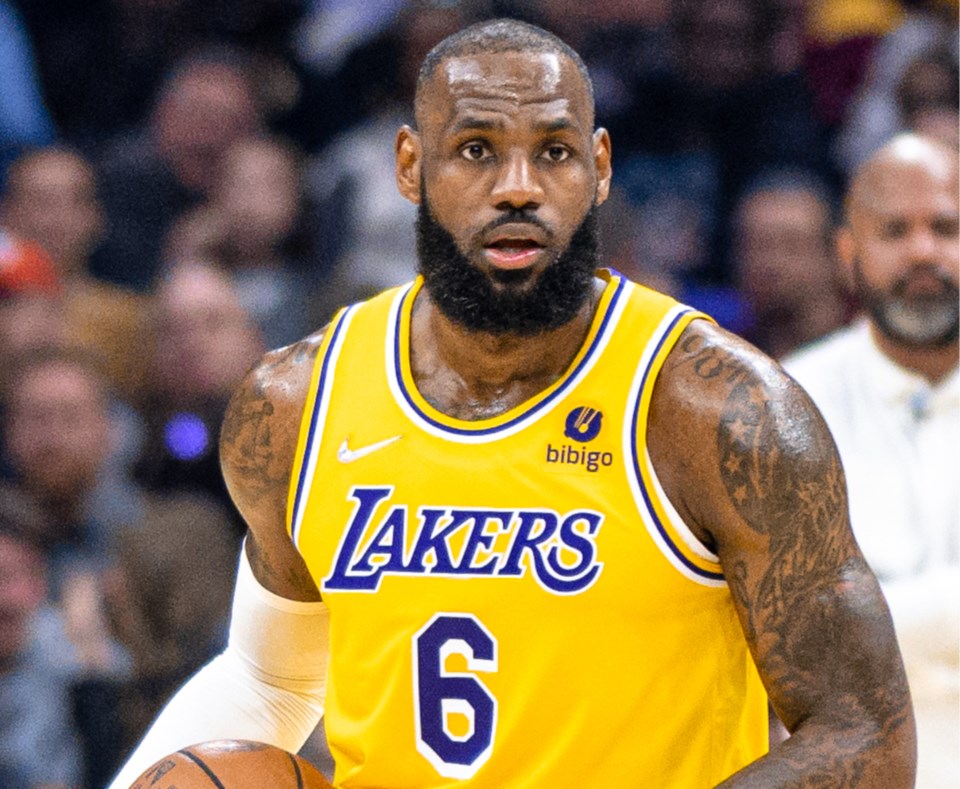Anytime someone new comes into the Pique newsroom in Function Junction, a brief wave of panic washes over me as I, a 37-year-old grown-ass man, realize I am probably going to have to explain to a complete stranger why my desk is littered with literal children’s toys.
It’s not that I’m necessarily ashamed of my collecting hobby (OK, a little). It’s just that it can be difficult to persuade an interview subject that you’re, you know, a serious person with an array of shiny, plastic action figures (NOT dolls, OK?) lining my workspace.
If the numbers are anything to go by, however, I’m in fine—and growing—company. Whether toys, art, antiques, sports memorabilia, celebrity ephemera, vintage clothing—you name it—the collectibles market has absolutely exploded globally. The pandemic was a major factor, as people spent more time online, often with savings to burn, and collectibles were increasingly seen as a reliable investment in the face of financial volatility. (A study published last year in Research in International Business and Finance found that, on average, retired LEGO sets provide a higher return on investment—11 per cent annually—than gold, large stocks, and bonds. Time to clean out that attic.)
But it’s far from the only factor at play.
Increased accessibility of online platforms has widened collectors’ reach, enabling them to buy, sell, and showcase items more easily. The emergence of blockchain technology, meanwhile, has helped to assuage collectors’ fears around counterfeit items by enhancing authenticity and provenance tracking.
The integration of collectibles into pop culture and mainstream media has also helped to amplify their visibility. Netflix recently renewed the reality show, King of Collectibles, which follows the team behind collectible auction house, Goldin Auctions, after its first season featured such high-profile names as rapper Drake, Hall-of-Fame boxer Mike Tyson, and influencer Logan Paul, while Barbie, the smash box-office hit of the summer, has, for instance, helped boost the collectible doll market.
The figures are staggering. According to research and consultancy firm Market Decipher, the collectibles market is estimated at US$462 billion in 2023, with forecasts predicting the market will tip $1 trillion by 2033.
Sports memorabilia is a large part of that growth. Online auctions and e-commerce sites have turned the market into big business, valued at $33 billion in 2021 and estimated to reach $227 billion by 2032. With an emerging middle class and rapid urbanization across Asia and the Middle East, there is ample opportunity for growth in these locales, particularly in trading cards, the most popular sports collectible.
Collectible companies are savvy to this trend, too, not content with relying solely on historical memorabilia to drive consumer demand. The latest craze in the sports card world is including game-worn jersey patches, and a card known as the “Triple Logoman,” featuring three NBA logo patches cut from jerseys Lebron James wore with each of the franchises he has played for, set the sports collectible world on fire upon its release this year. In June, a lucky collector sold the card at auction for $2.4 million, setting the record for a sports card released and sold in the same year.
But of course nostalgia remains the engine powering the global collectibles boom, and no wonder. Between COVID-19, our collective climate crisis, a growing chasm between rich and poor, and the deepening social and political divides infecting our culture, yearning for a bygone era has become de rigueur, and there is no shortage of companies ready and willing to monetize that sentiment.
In an age when it can sometimes feel like we are being dragged headfirst into a future we didn’t ask for, we cling ever tighter to the symbols of a simpler time, artifacts of an idealized youth.
At least that’s what I’m going to tell the next person who asks me about my action figures.




